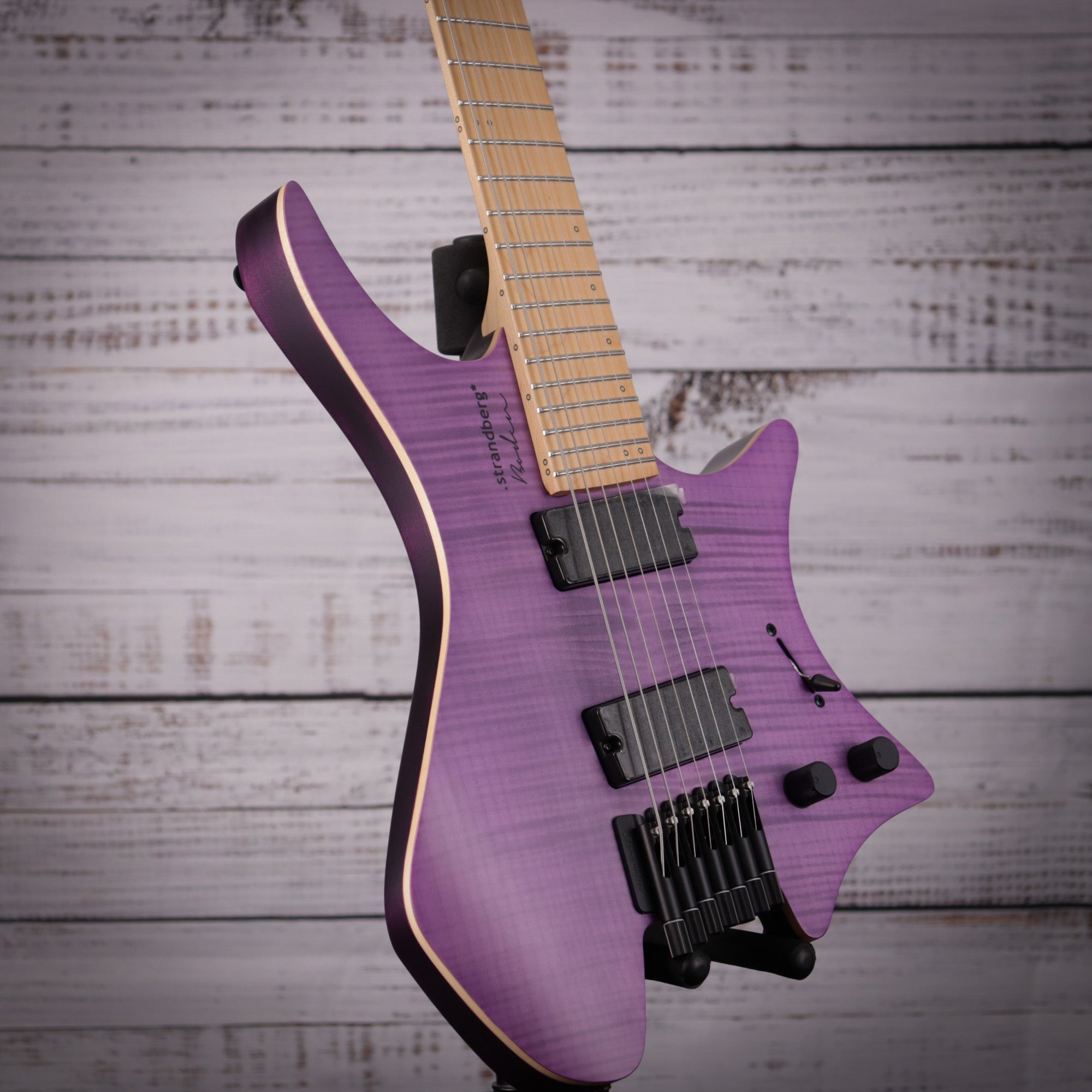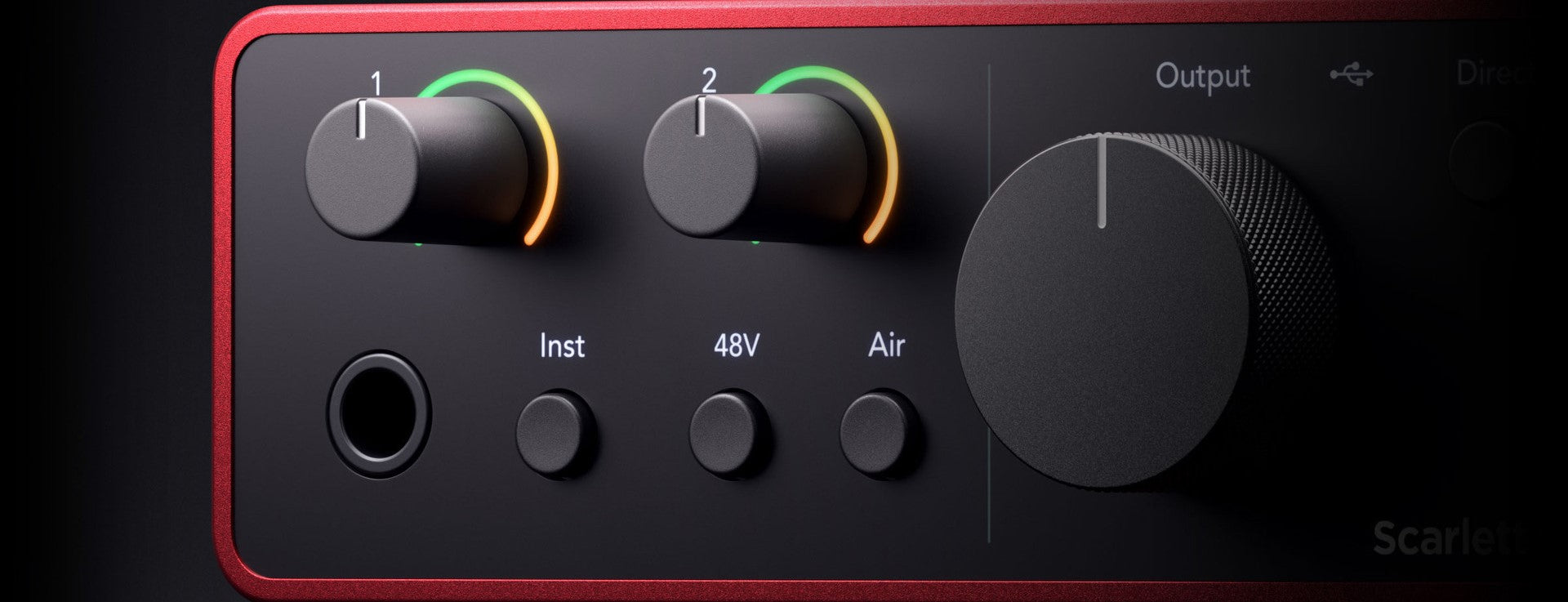7-String Guitars: Just for Metal?
The Modern 7-String
The modern 7-string was first mass produced by Ibanez, who released a Steve Vai signature model in 1990. Steve can be heard using a 7-string on Whitesnake’s “Slip of the Tongue” record, as well as many of his solo works, such as “Bad Horsie.” While not a commercial success at the time, the 7-string had found its way into the hands of the band Korn, who Vai himself credits with the re-popularization of the instrument.
From then on, 7-string guitars could be found in a variety of styles of rock and metal, from progressive rock from the likes of Dream Theater to more heavy material from bands like Meshuggah. Some notable modern 7-string players include Jake Bowen, Misha Mansoor, Matt Heafy, Jeff Loomis, Tosin Abasi, James Monteith, Chris Broderick, Rusty Cooley, Lucas Mann, Jason Richardson, Devin Townsend, and of course, Steve Vai, Brian Welch, and Mårten Hagström.
How it Works
The added 7th string adds range to the low end of the guitar, with standard tuned instruments adding a B note. This is a fourth below the 6-string lowest note, or 5 frets. One popular alternate 7-string tuning is “Drop A” which plays much like “Drop D” on a 6 string guitar. This puts the 7th string down a full fifth from the E, allowing the player more ease when performing power chords. The benefits of adding the 7th string go beyond simply having access to more low-end rumble. Because of the lower note access all the way up the neck, 7-string players can execute more complex chords, arpeggios, licks, and scales than would be possible on a 6-string. This is also part of why bassists often choose 5 strings over 4, simply because it’s easier to play an F note on the 6th fret of the low B than it is to reach down to the first fret of the E.
But Why?
Of course, sometimes players use 7-string guitars because they want to play low and mean, and trust and believe, most 7-strings will take you there, but the full potential of a 7-string is not realized by most players. With access to an additional set of notes in a given position, the possibilities for jazzy voicings, complex licks, and fully rounded out scalar runs are more endless than most people realize. We hope that this article may shed some light on how players use the 7-string, as well as how it might be beneficial for you! Feel free to leave a comment with your own thoughts and opinions!
Check out our YouTube videos from this week on Ernie Ball 7-strings:
7-String Guitar Showdown - Music Man Kaizen vs Majesty



